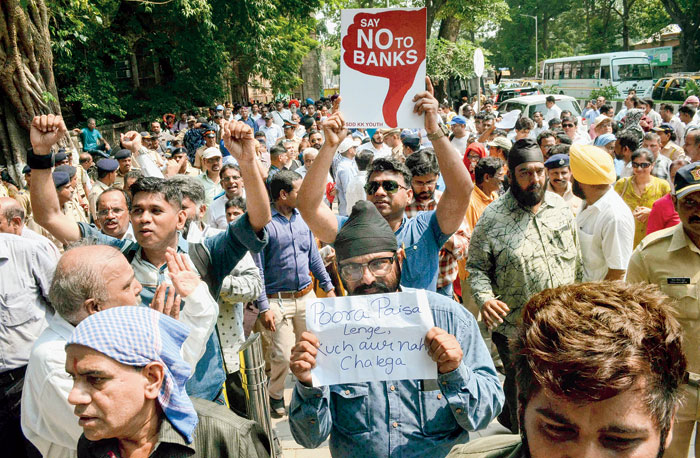The Reserve Bank of India (RBI) on Monday proposed tighter norms for urban co-operative banks (UCBs) to prevent the repeat of scams such as the one at PMC Bank. The apex bank sought to restrict the exposure of these lenders to a single entity to 10 per cent and to a group of connected borrowers to 25 per cent.
At present, primary (urban) co-operative banks (UCBs) are permitted to have exposures up to 15 per cent of their capital funds (both tier-1 and tier-2) to a single borrower and up to 40 per cent to a group of borrowers.
In a draft circular, the central bank said the large exposure of banks to single borrowers or groups of connected borrowers leads to credit concentration risks. It pointed out that when large exposures to a few single parties or groups become non-performing, it affects the capital/net worth of the bank concerned significantly and, at times, leads to liquidity and solvency risks for the lender.
“Keeping in view the above aspects, the extant single/group exposure limits of UCBs have been reviewed and it has been decided to rationalise the single/group exposure limits for UCBs with a view to containing the concentration risk,” the draft said. The RBI has sought comments till January 20.
The RBI now wants to cut the prudential exposure limits for UCBs to a single borrower/party and a group of connected borrowers/parties to 10 per cent and 25 per cent, respectively, of their tier-I capital.
It added that the revised exposure limits shall apply to all types of fresh exposures taken by UCBs.
Once the proposal becomes effective, UCBs will have to bring down their existing exposures, which are in excess, within the prescribed limits by March 31, 2023.
The draft also suggests that UCBs should have at least 50 per cent of their loan portfolio comprising loans of not more than Rs 25 lakh per borrower or party.
Further, it proposes to increase the overall priority sector lending target for UCBs from 40 per cent of the adjusted net bank credit to 75 per cent.
The crisis at PMC Bank occurred because of its huge exposure of Rs 6,226 crore to Housing Development and Infrastructure Ltd group companies. Of the total exposure, only Rs 439.58 crore was disclosed to the RBI and the remaining Rs 5,786.43 crore were undisclosed.











